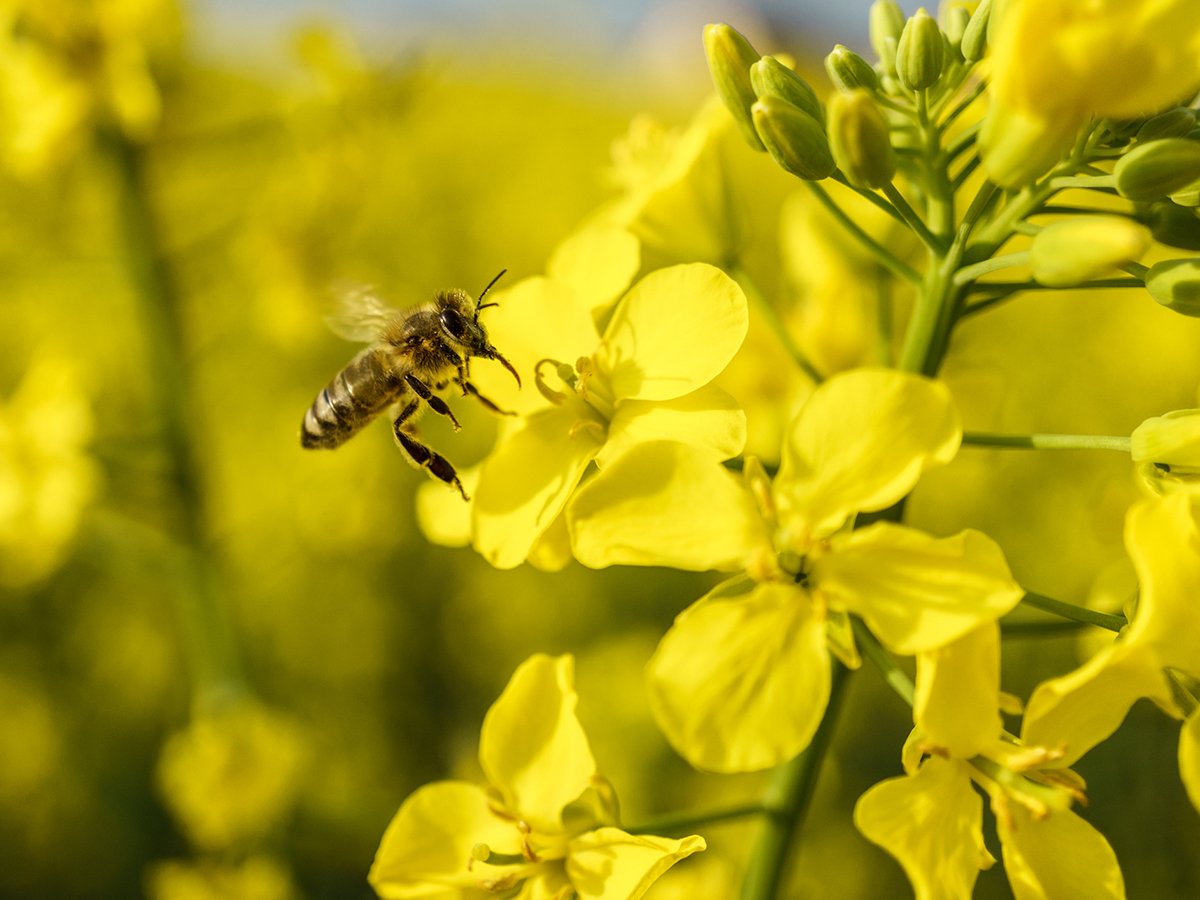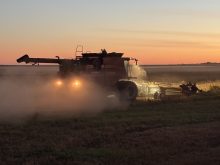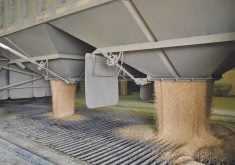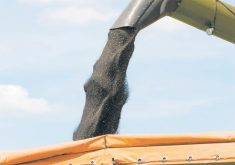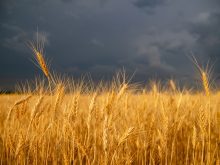Invigor Gold, the canola-quality mustard developed by BASF, is on a collision course with Canada’s condiment mustard industry. It’s difficult to see how the two can co-exist.
Canola has the scientific name Brassica napus. Brown and oriental mustard are Brassica juncea.
Invigor Gold is also Brassica juncea, even though it has been developed for the same oil and meal qualities as canola. Yellow mustard is quite different with the scientific name of Sinapis alba.
Read Also
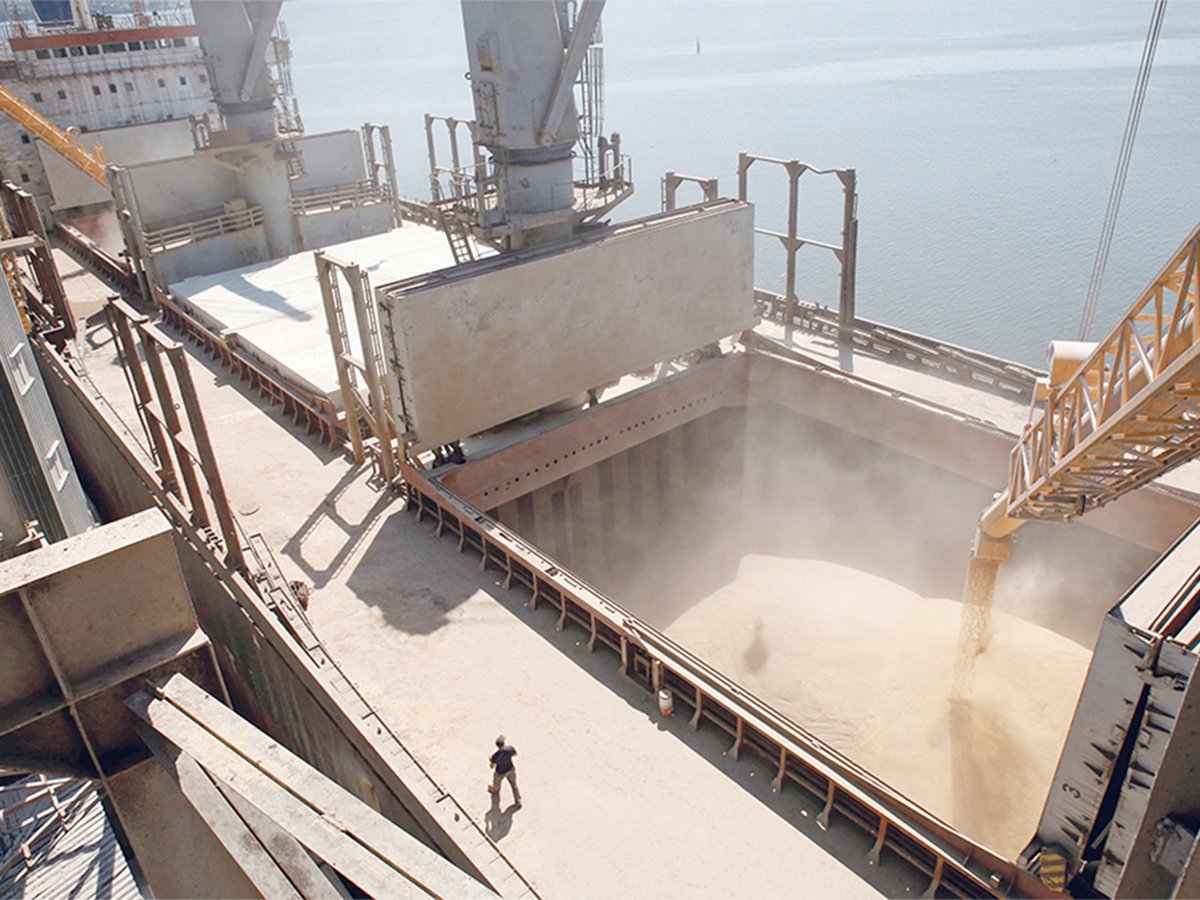
Australia finds grain-threatening beetle in baby diapers
Australia has detected the larvae of khapra beetles in imported baby diapers, the agriculture ministry said, raising concerns the pest could infest grain storages and disrupt agricultural exports.
BASF says its Invigor Gold is more heat and drought tolerant than regular canola. It sees a bright future for it in hotter and drier regions, where they say it will yield significantly better.
The plan is to launch it first in a couple U.S. locations before completing all the regulatory approvals to bring it to the Canadian market around the end of the decade.
Varieties of canola-quality mustard have been grown on a limited acreage in the past, but those were not developed by gene transfer. Like other Invigor varieties, Invigor Gold will be genetically modified and herbicide tolerant.
Therein lies the problem for the condiment mustard industry. The major markets for brown and oriental mustard are Europe and Japan, and those markets don’t want GMO contamination.
Contamination can occur in a number of ways, but one of the main concerns is cross-pollination. Fields of mustard and fields of Invigor Gold will inevitably end up in close proximity. Plus, bees can move pollen a significant distance.
It took years to sort out the problems caused by Triffid flax.
This GM variety, developed by the University of Saskatchewan’s Crop Development Centre, was abandoned because it lacked market acceptance. Unfortunately, years later, traces of Triffid were found in other flax varieties.
Testing for Triffid was expensive. European sales were lost. The flax industry suffered a major blow, and it took a long time to recover. This is the kind of scenario that worries the mustard industry.
For its part, BASF is vowing to work with all stakeholders to find solutions. There is a significant time horizon to work with, but it’s difficult to imagine a solution to the cross-pollination issue.
This isn’t a health and safety issue; it’s simply a matter of market acceptance. Irrational fears over GM crops still exist.
Testing can discover trace amounts of contamination. Will there be a tolerance for low levels, or will the tolerance be the level of detection? If it’s level of detection, that will be a high standard to meet.
Even in the relatively dry, hot brown soil zone, canola commands a much greater acreage than mustard. If Invigor Gold proves to be better adapted than other canola varieties, it could be a significant boost to returns.
However, the markets for brown and oriental mustard could evaporate with customers turning to other countries.
Canada is the top condiment mustard exporter in the world. Production is centred in south-central and southwestern Saskatchewan as well as southern Alberta. The value of exports is valued at around $125 million per year, but that includes yellow mustard, which shouldn’t be affected.
Hybrid mustard varieties have been developed with producer, industry and government funding, but without the use of GMO technology because that’s what the marketplace demands.
At this point, BASF doesn’t seem to have any solutions to the contamination issues, but the company should have to find ways to mitigate harm to the mustard industry in order to get regulatory approval in Canada.




